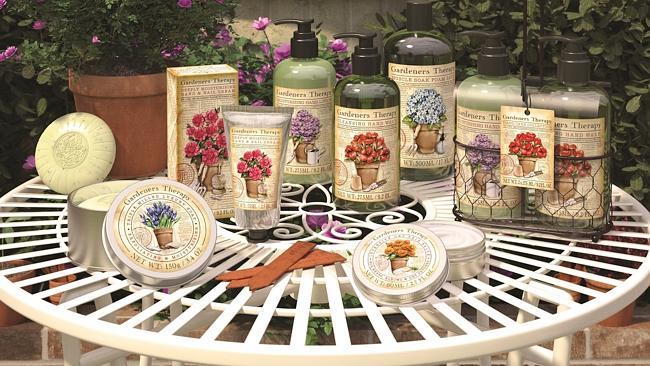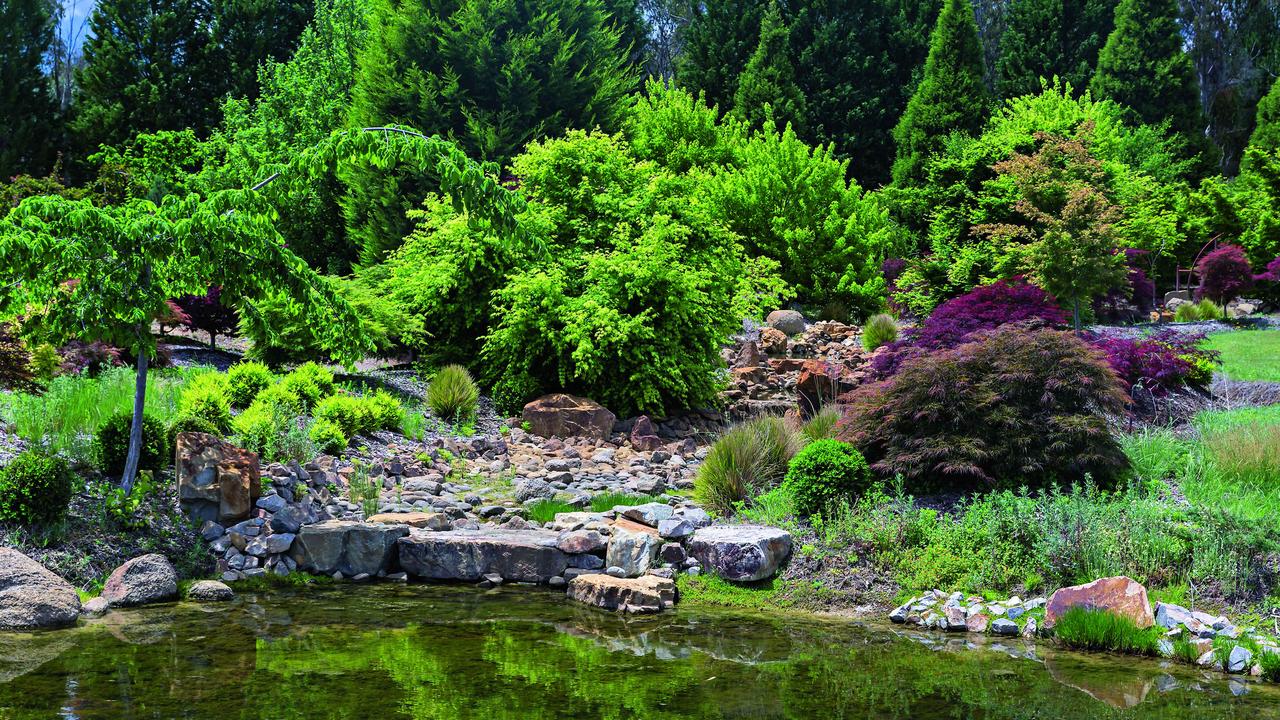Kill lace bugs without killing the bees
Treat your azaleas for lace bugs without harming the native bees.

How can I treat an azalea for lace bug without harming the native bees in our front yard? What about the systemic tablet forms?
SIMONE GARLAND, SYDNEY
Check the backs of the leaves to see if live pests are present, as they may not be active now it’s cold. They usually appear in Sydney around October, staying until May. Monitor fresh green growth in spring and spray at the first signs of mottling and silvering. Systemic insecticides based on imidacloprid such as Confidor, Conguard and Richgro Bug Killa are toxic to bees. The tablets last even longer inside the plants. Defender Maxguard, based on acetamiprid, is systemic but 200 times less toxic to bees. If using organic Natrasoap to treat thrips this may also limit lace bugs.
Please advise the correct steps to transplant a 1.5m tall, six-year-old Japanese maple. It’s in sandy soil.
SUE CARTLEDGE, TOODYAY, WESTERN AUSTRALIA
Midwinter dormancy offers the best time for transplanting all deciduous trees. Water the soil thoroughly the day before. Start trenching around the root ball well outside the foliage line. You’ll discover how deep the roots are and then can start digging underneath. Have a tarp ready to slide under the rootball to help lift it out. If transporting, wrap the rootball in hessian. Replant no deeper than it was before. Keep evenly moist and apply Seasol fortnightly. Do not fertilise until growing strongly in late spring.
We had a good crop of oranges this year but they’re chock full of pips. Is this the variety or is there something we can do?
ROSEMARIE DE BARI, PERTH
Some formerly popular orange varieties have many seeds, which led to their demise as commercial varieties. Cross-pollination also tends to produce more seeds. There may be a compatible tree somewhere in your neighbourhood. Either way, it’s out of your control.
One of my two 30-year-old hibiscus has deformed leaves and the other has sooty mould and soft, dying branches. Can I restore their vigour?
MARCIA HEWITT, ADELAIDE
Like people, plants get frail with old age and succumb to ailments more easily. Pruning and fertilising in spring may help reinvigorate them but don’t expect miracles. Sooty mould indicates scale, so treat that with PestOil or Eco-Oil. Start planning to replace them but take the opportunity to thoroughly refresh the soil before replanting.
Send your questions to: helenyoungtwig@gmail. com or Helen Young, PO Box 3098, Willoughby North, NSW 2068. helenyoung.com.au.
The best question for July wins a hamper of Gardeners Therapy Hand and Body Care products worth $130 from homewares distributor Supertex (supertex.com.au).
FLORA
Thought-provoking and controversial, Fred Pearce’s new book The New Wild: Why Invasive Species Will Be Nature’s Salvation has me engrossed. As a veteran environmental journalist, Pearce posits that thinking of invasive species as “evil interlopers spoiling pristine ‘natural’ ecosystems” is outdated, even a form of species racism, and perhaps we should be looking afresh at the dynamism of alien species and the evolving ecosystems they create.
He argues that real nature is not stable or perfectible but random and constantly reordering itself. “Far from being nature’s destroyers, aliens may be its re-invigorators,” he says.
Pearce’s book examines the reality of some specific alien invasions, then slays some myths about how we do conservation, before exploring solutions that embrace “the new wild”. Icon Books, $35.



